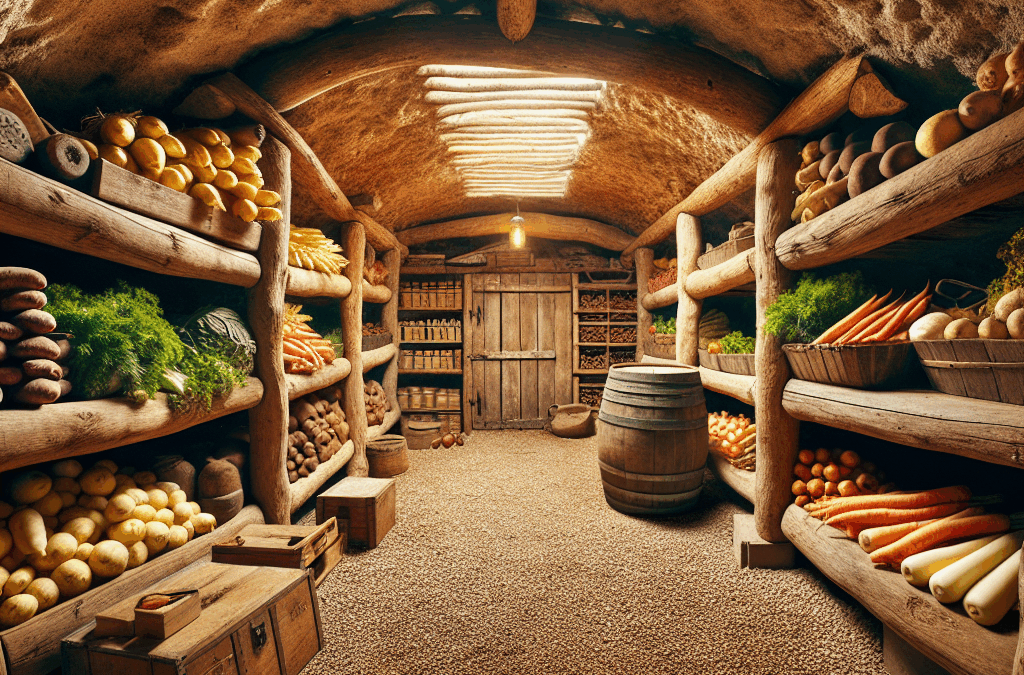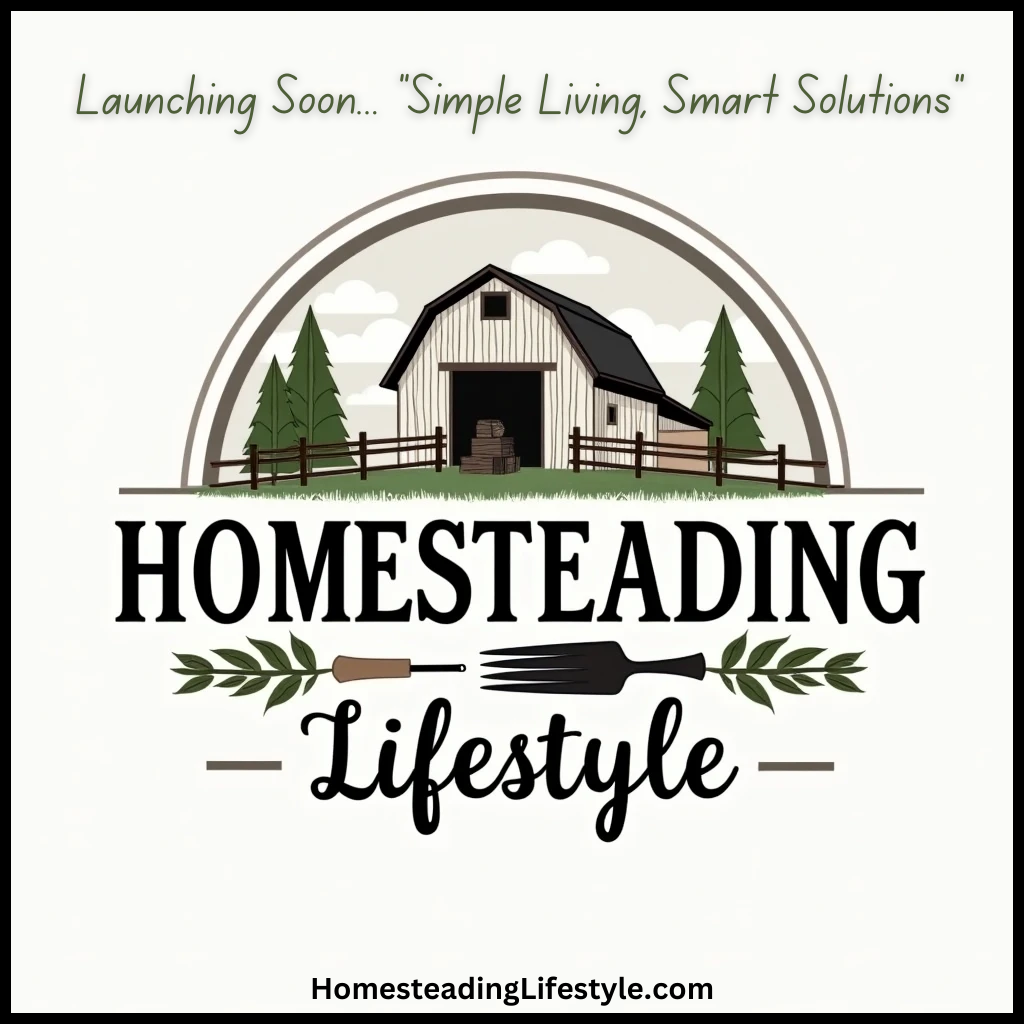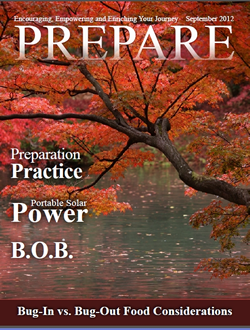Planning Your Root Cellar Site
Choosing the Right Location
So, you wanna build a root cellar, huh? The first step is picking just the right spot. I like to scout around the yard to find a nice, shady area. You’re looking for a spot that naturally stays cool, especially during those hot summer months. The north side of a hill, or maybe even a spot under a big ol’ tree, works best.
It’s super important to think about drainage too. You don’t wanna end up with a soggy mess in your cellar. Try to find higher ground if possible. Your future self will be so grateful for this when harvest time rolls around!
And hey, don’t forget about accessibility! You’ll want easy access to your cellar for loading in all those vegetables and goodies you’re planning to store. Make your life easier by keeping it near where you do most of your garden work.
Designing Your Root Cellar
Understanding the Basics
Alrighty then, once you’ve got your spot picked out, it’s time to brainstorm some designs. Most root cellars are pretty simple structures; they need thick walls to keep that temperature nice and cool. I usually opt for a wooden structure lined with dirt. It feels rustic and does the job well!
Don’t forget about ventilation! A little airflow goes a long way in preventing mold and rot. A couple of strategically placed vents can keep things fresh without letting all that chill escape. I’ve learned that balance is key in design!
If you’re feeling extra savvy, consider adding shelves or bins inside to keep your produce organized and easy to grab. It’s all about creating a system that works for you—remember, you’re the boss of this cellar!
Building the Structure
Gathering Your Materials
Now comes the fun part: construction! Gather your materials ahead of time to save yourself some headaches later. Think sturdy wood, cement blocks, or even recycled materials if you want to go green! Trust me, using whatever you can source will save you some dough.
A shovel for digging, hammers for constructing, and a measuring tape are essential. If you can snag some good quality insulation, that is a game-changer too. It helps keep your cellar cold without breaking the bank on energy costs!
Also, a level is super handy for making sure everything is going in straight, because no one enjoys a wonky root cellar. I’ve made that mistake before, and let me tell you, it ain’t pretty!
Maintaining Your Root Cellar
Temperature Control and Humidity
Once your root cellar is up and running, the real task begins: maintenance. Monitoring the temperature and humidity is crucial. I like to keep a thermometer and hygrometer handy so I can always know what’s going on inside there.
If it’s getting too humid, a little ventilation makes all the difference. On the flip side, if it’s too dry, I’ve been known to place a bucket of water inside to help balance it out. It’s all about that sweet spot for storage!
And don’t forget about checking your stored foods! Regularly inspecting for rot or spoilage means you’ll minimize losses. Plus, it’s an excuse to dig into those fresh veggies!
Storing Your Harvest
Best Practices for Storage
Lastly, let’s chat about how to actually store your bounty. I always aim to keep things clean and dry before they even hit the cellar. Wash veggies only when you’re ready to use them, otherwise, they can rot faster. I learned that the hard way!
When packing, it’s best to keep some space between your produce. Don’t just toss everything together willy-nilly. This ensures good airflow and helps your goodies last longer. I usually separate carrots, potatoes, and onions to prevent any cross-issues.
Lastly, don’t forget about labeling! It sounds a bit over the top, but when you’re deep in the winter months, trust me, it’s nice to know what you’ve got stored away. You’ll avoid losing track of that tasty squash you planted last spring!
Frequently Asked Questions
1. What materials do I need to build a root cellar?
You’ll need sturdy wood, cement blocks, or any durable building materials. Don’t forget insulation, a shovel, a level, and basic hand tools!
2. How deep should I dig for my root cellar?
Typically, a depth of 4 to 6 feet is ideal, as this helps maintain a stable, cool temperature throughout the year.
3. What types of food can be stored in a root cellar?
Root vegetables like carrots, potatoes, and onions are great, but you can also store apples, squash, and even some canned goods!
4. How often should I check on my root cellar?
I recommend checking at least once a month to monitor temperature, humidity, and to inspect your produce for any signs of spoilage.
5. Can I build a root cellar myself?
Absolutely! With some basic tools, materials, and a little elbow grease, you can definitely build your own root cellar.





